Lech Zürs is not only an enriching place when it comes to skiing, but also has a lot to offer on a cultural level. If you want to explore the history of the surrounding villages in the summer, you can do so in the museums. If you are an art lover, Lech Zürs also offers a studio and a gallery where you can look around and be amazed. And if you still need the right literature to enjoy outside between the mountains on a cozy summer day, the library definitely has an interesting book for you.
The primary goals of the Lechmuseum include the collection, preservation and exhibition of evidence of regional history as well as the communication of local and regional history in a supra-regional context.
The museum consists, among other things, of the Huber House, which has been accessible as a museum since 2005. The exhibition focuses on the reconstructed living and working areas, including the parlor (living room), side room, kitchen and “cooper’s workshop”. Most of the furnishings come from the last residents. Dendrochronological studies date the house to the year 1590. In terms of architectural history, the Huber Hus is currently the oldest dated object with an original 6-cell floor plan organization on the Tannberg.
The museum also houses a display collection. This includes mountain farming, skiing and sacred folk art. There are around 1,500 exhibits from the areas of livestock farming, crafts, home decor and textiles.
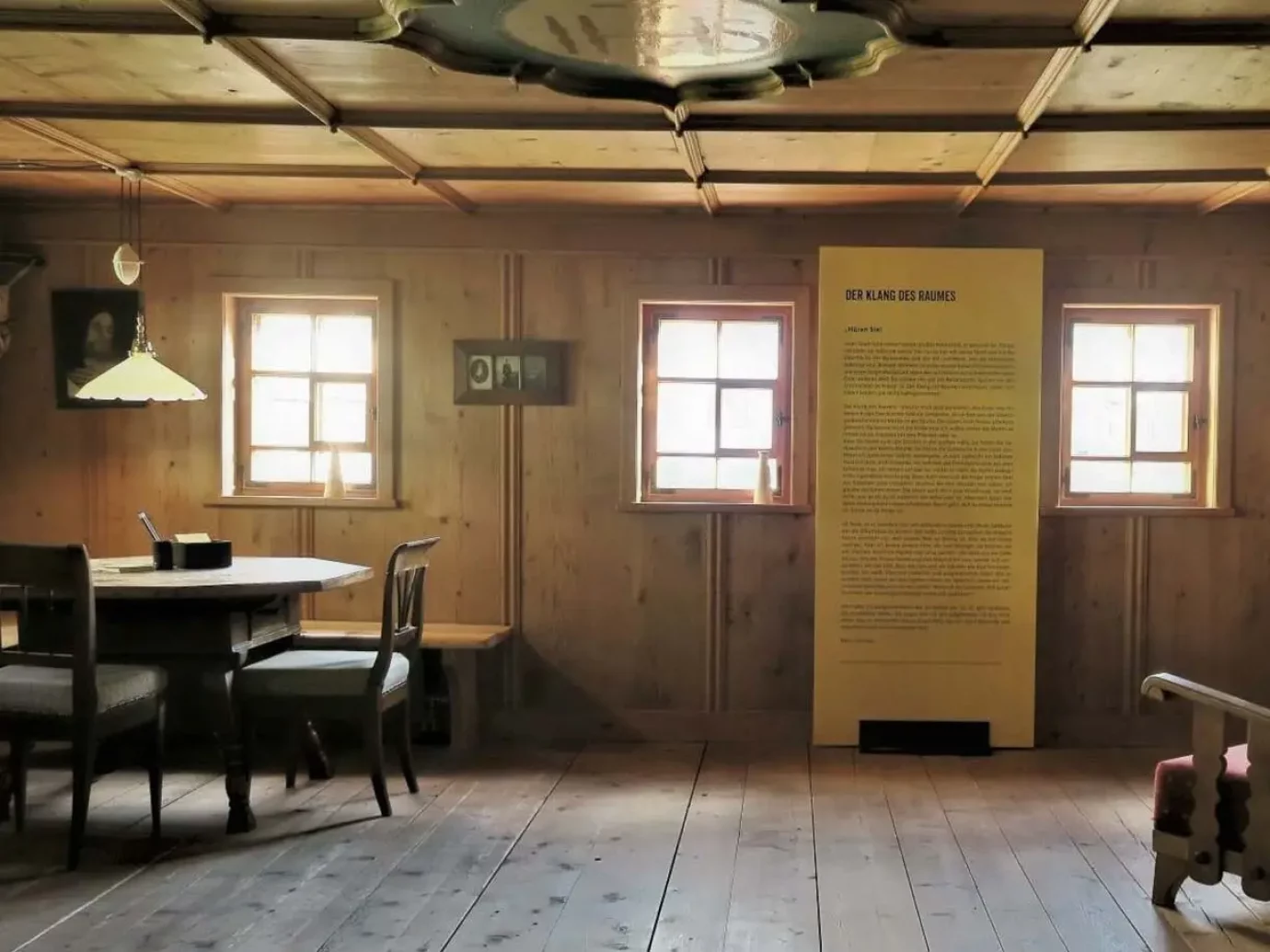
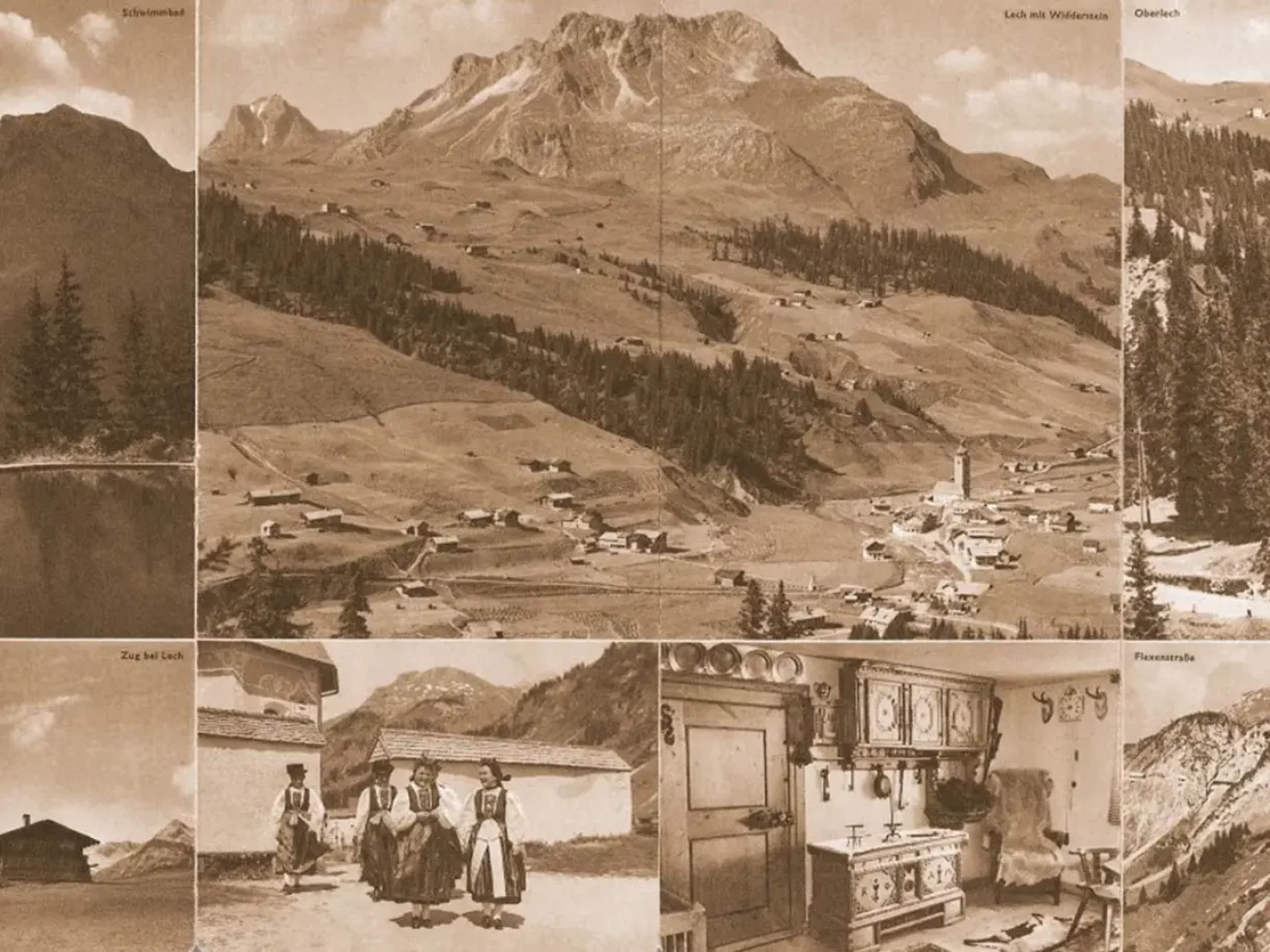
The archive library focuses on the topics of Lech, Arlberg and Tannberg, as well as language, dialect, history of Vorarlberg, Walser history and ski history. It contains a collection of regional university publications and periodical publications such as newspapers, magazines and annual reports. As a reference library, it only allows on-site use, but requires prior registration.
The American artist James Turrell has created a light space in Lech that takes visitors into a unique world. The Skyspace connects heaven and earth and reveals a new view of the Alpine region. From June to November, Skyspace-Lech is open every day from one hour before sunrise to one hour after sunset and, in dry weather, offers a wonderful view from the open dome.
You can get more detailed information here:
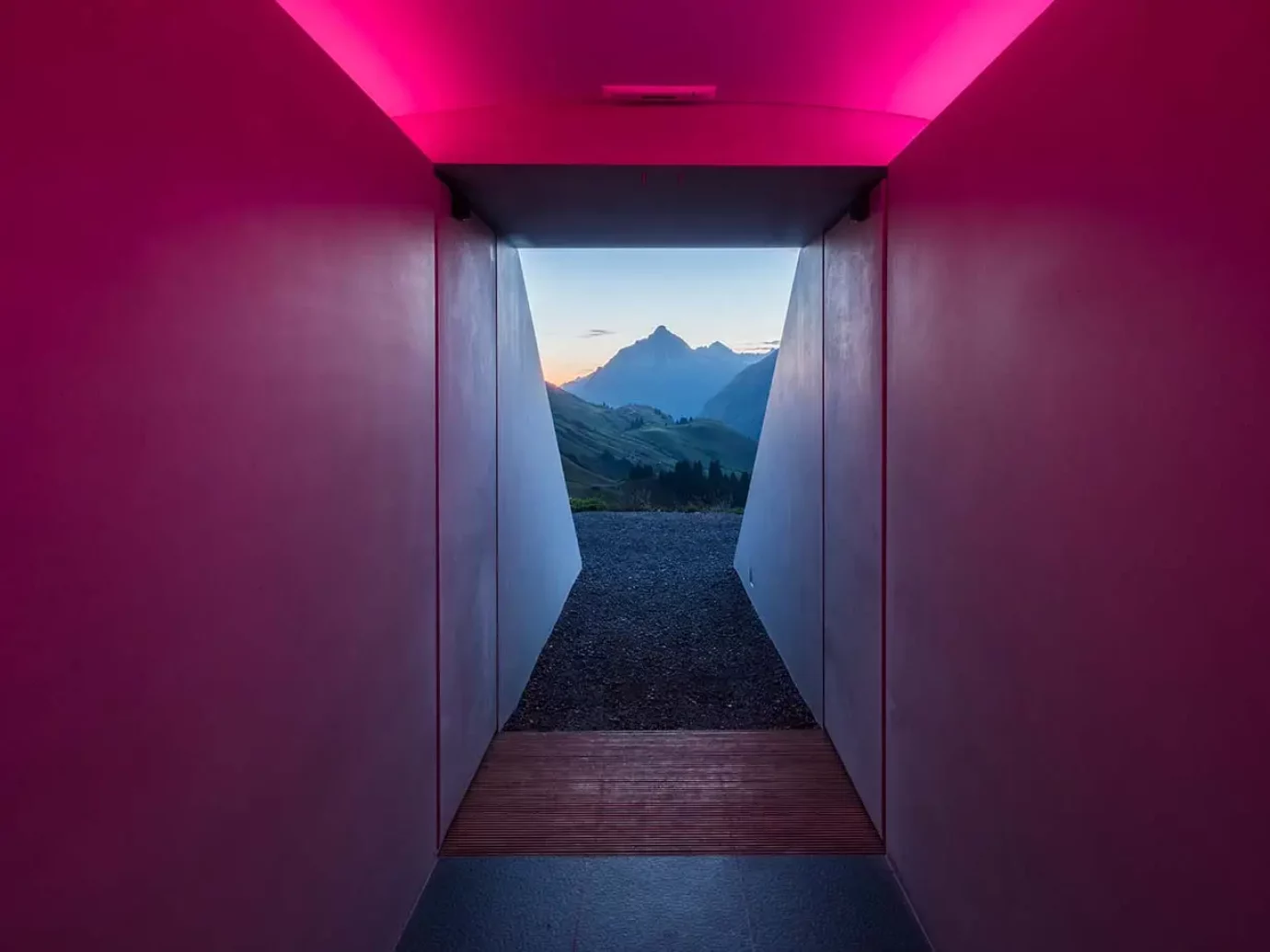
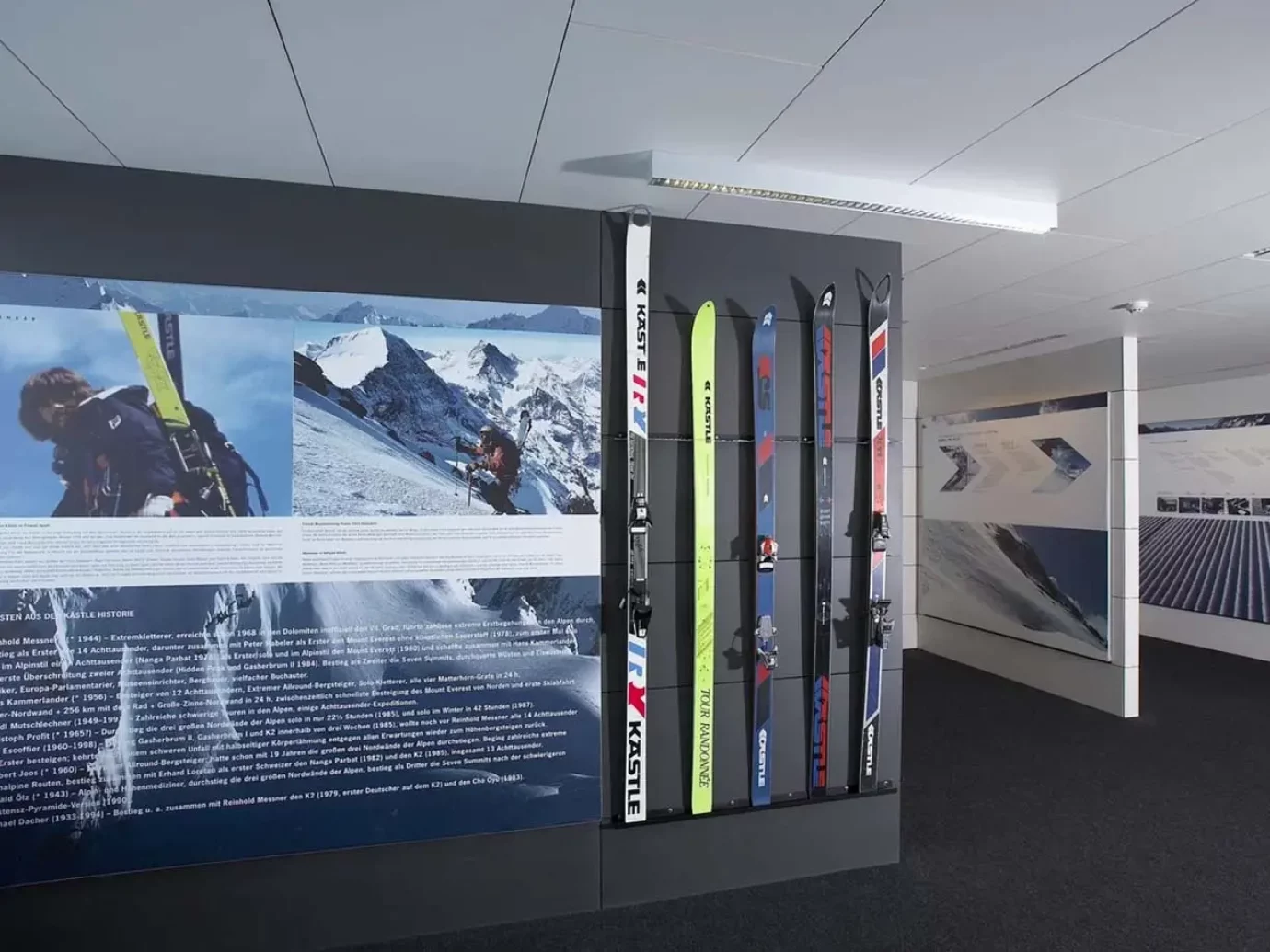
The origins of the legendary brand have its origins on the Arlberg. Anton Kästle found his inspiration for a revolutionary ski there over 90 years ago. The Arlberg ski, made from ash wood, was supposed to be the first of its kind. The renowned Kästle brand later developed from this groundbreaking ski. Kästle was founded in 1924 in Vorarlberg, and over the decades numerous professionals contributed to the brand’s international victories. In this museum you can find out more about the entire history of Kästle.
The artist Daisy Hoch has dedicated her works of art to snow, which she captures in her paintings in her own unique way. She has been exhibiting artists’ carefully curated works in her gallery in Sonnenburg for over 40 years.
Here is more information about the artist and her gallery:
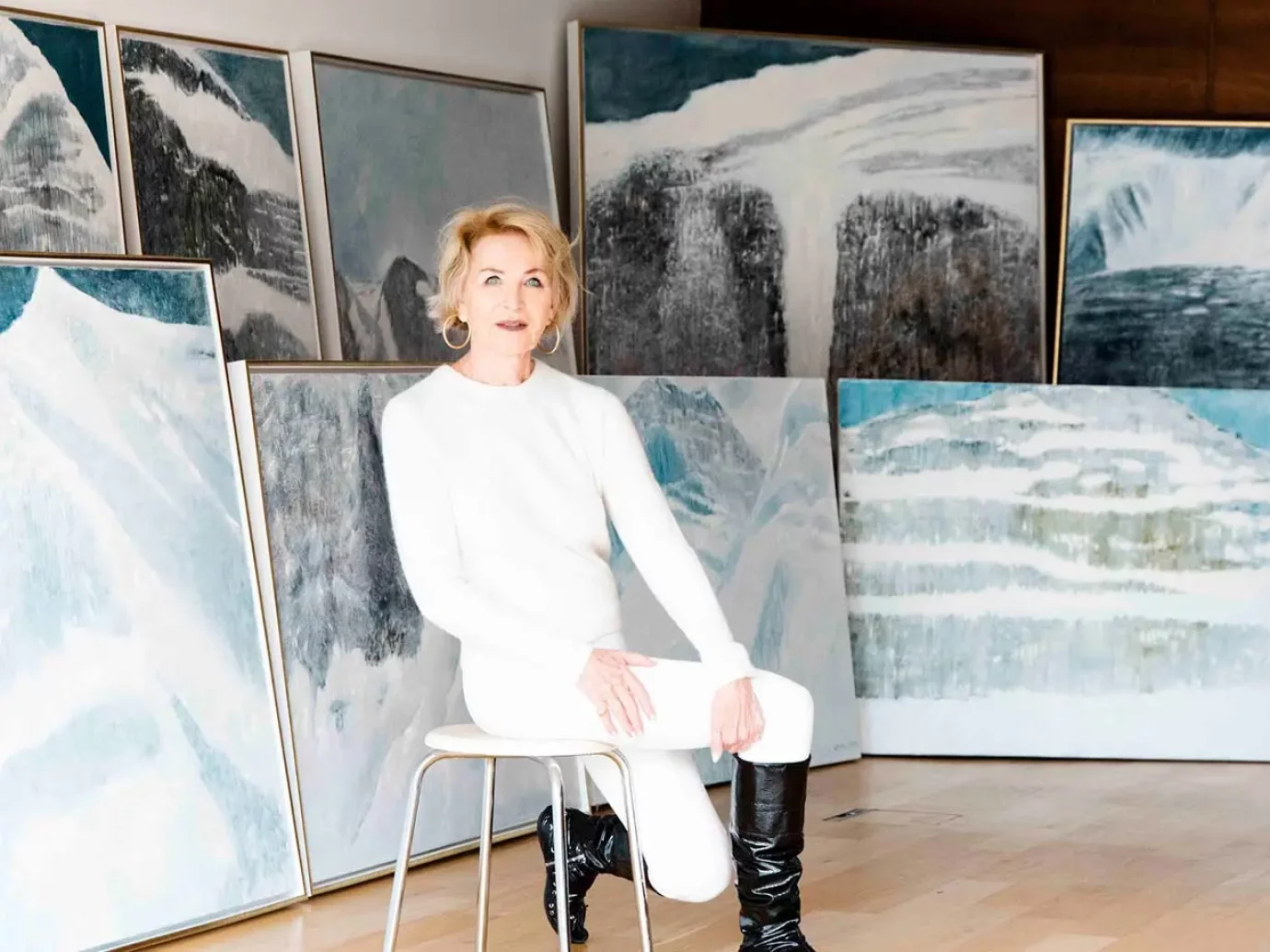
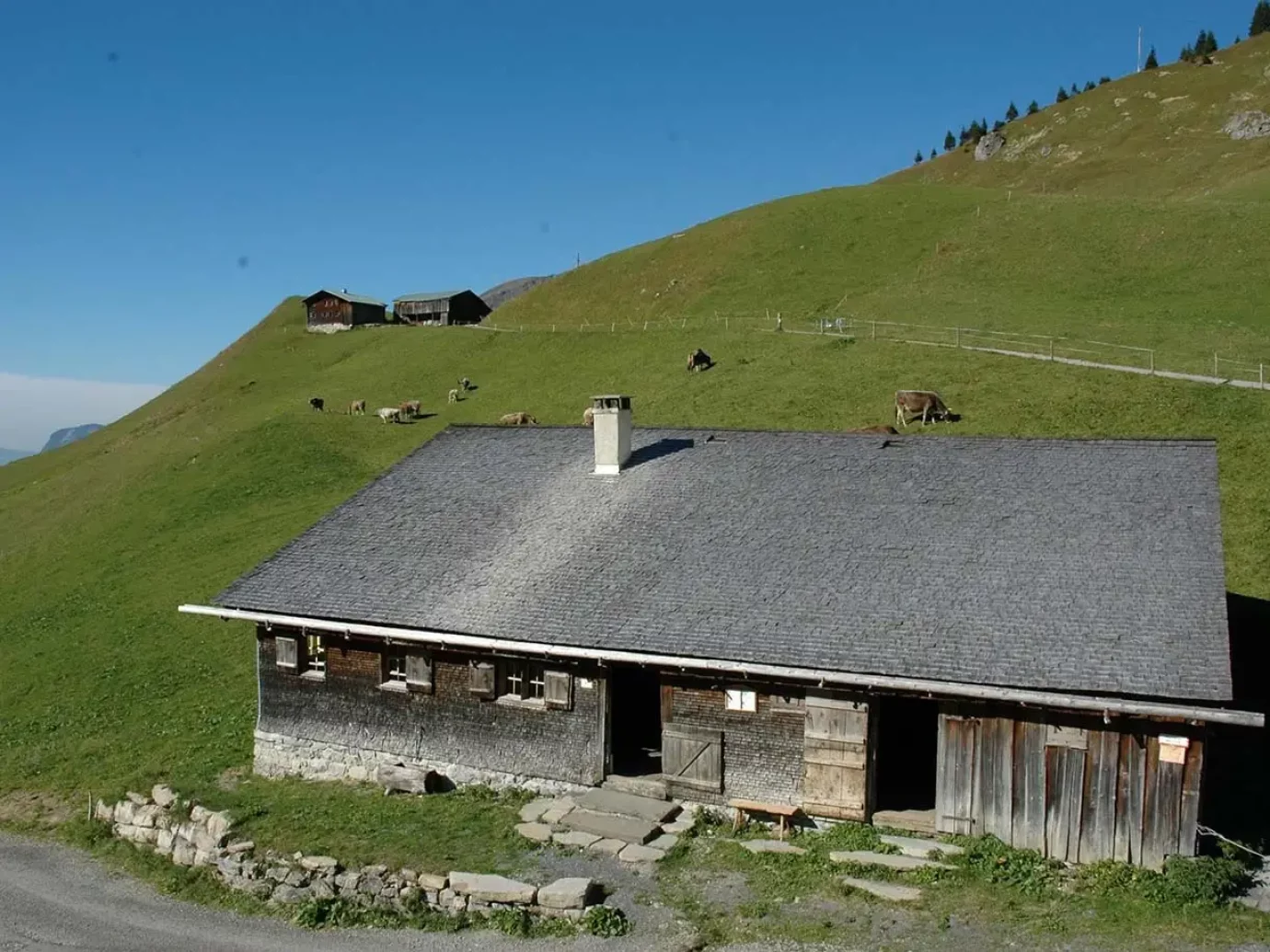
Discover the traditional crafts of mountain farmers, which once had an important place in rural life. The exhibition presents historical forms of woodworking, hay-pulling techniques and the important role of wool processing in alpine farming. Immerse yourself in the fascinating history of this traditional craft and learn more about the rich history of these traditional practices. Alpe Batzen is easily accessible via a (family) hike from both Warth and Schröcken. Admission is free, but donations are welcome.
You can find the opening times here: